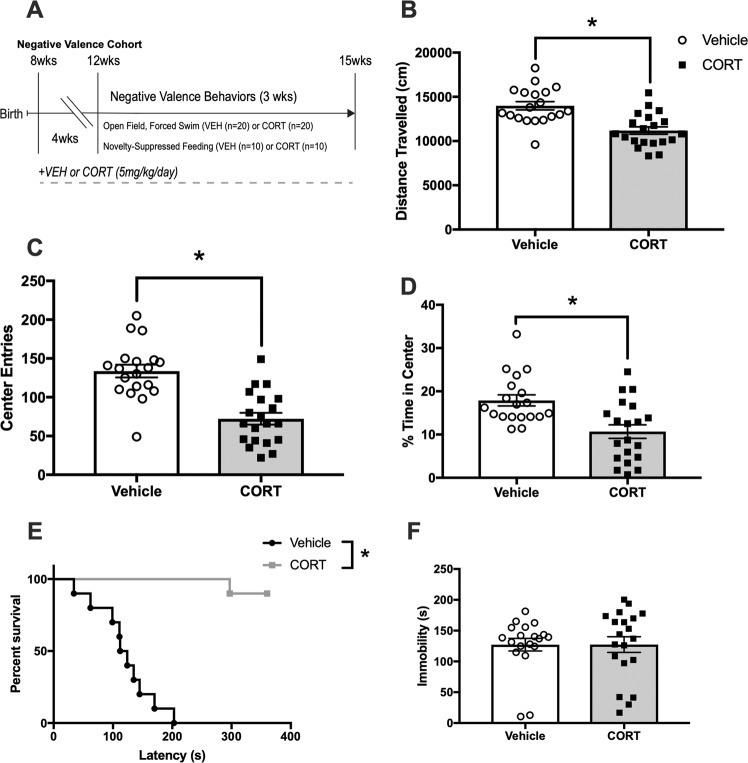Fig. 1. Chronic CORT increases negative valence.
a Vehicle (n = 20) or CORT (n = 20) C57BL/6 mice were administered CORT or Vehicle (5 mg/kg/day) in their drinking water for 4 weeks prior to negative valence behaviors, including the open field (OF), novelty-suppressed feeding (NSF), and forced swim (FST) tests. b In the OF, CORT reduced locomotor activity, measured as distance traveled (cm) in a 30-min session (t(37) = 4.5, p < 0.001). c CORT also reduced center entries in the OF, (t(37) = 5.5, p < 0.001), d as well as percent time in the center (t(37) = 3.5, p < 0.001), both measures of avoidance behavior in the OF. e In the NSF assay, chronic CORT increased latency to take a bite of a food pellet in the center of the brightly-lit arena under a food-deprived state (Kaplan–Meier survival, X2(2, N = 36) = 16, p < 0.001). f In the FST, CORT had no effect on immobility, indicative of behavioral despair (t(37) = 0.017), p = 0.987), a commonly used depressive test to assess antidepressant response. Values plotted are mean ± SEM. *p < 0.001. Taken together, chronic CORT induces a robust negative valence behavioral phenotype characterized by increased avoidance in the OF and NSF, while not increasing immobility in the FST.

